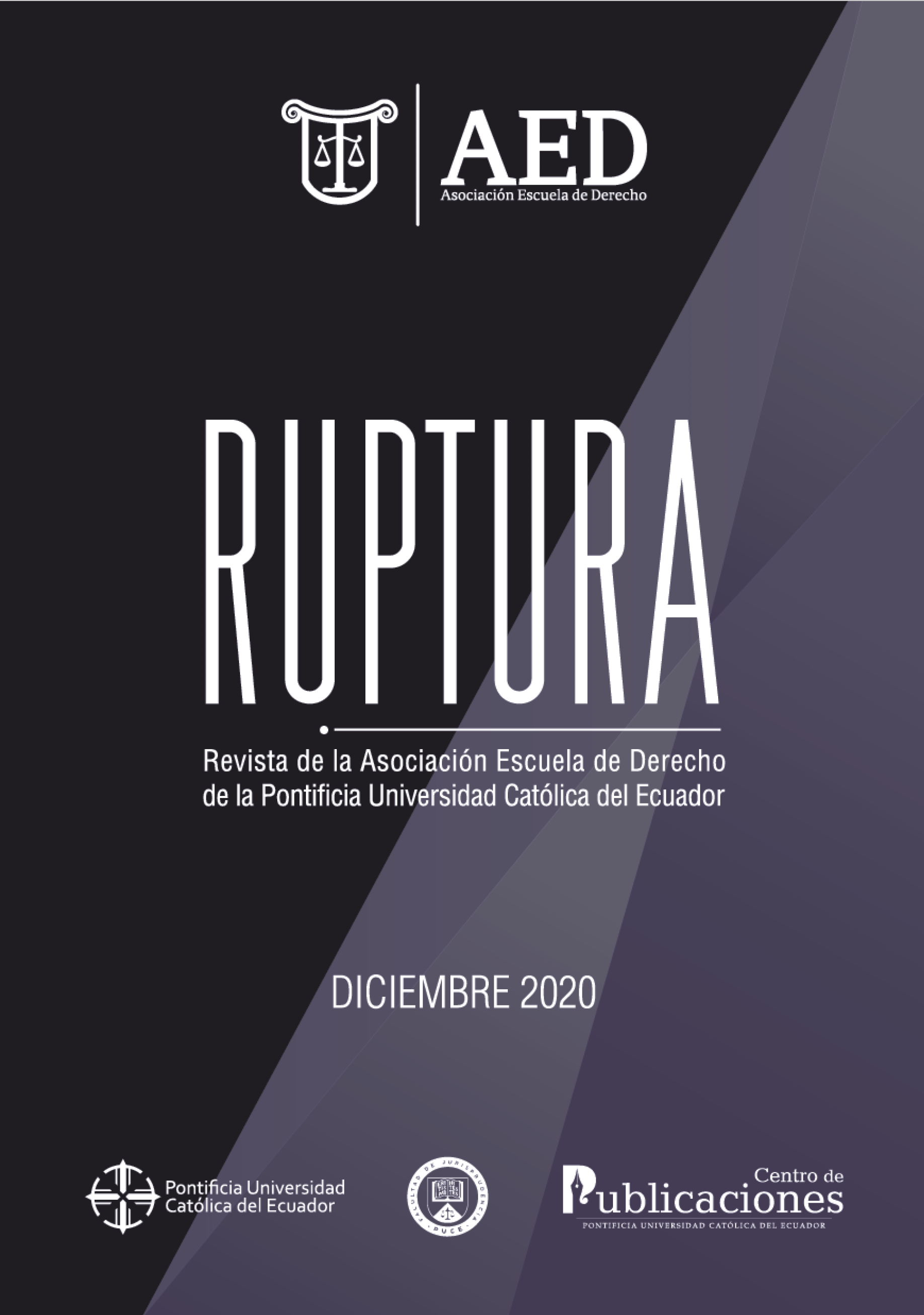The intervention of the Constitutional Court in the procedures of amending, reforming, and changing the Constitution
Main Article Content
Abstract
The Ecuadorian Constitution designs a novel system for the reform of its text. Unlike other models, Ecuador's Constitution provides for two mechanisms for exercising the power of constitutional reform: the amendment and the partial reform. These mechanisms differ from each other not only in terms of their procedure but mainly in the magnitude and depth of the modification that they allow in constitutional provisions. Likewise, the Supreme Norm develops the so-called “pre-constituent power”, which consists of the regulation that guides a new democratic legitimacy that seeks to exercise the original constituent power and thus replace the Constitution. In this system, the Constitutional Court assumes a fundamental role through three mechanisms: i. The decision of procedure; ii. The decision regarding the constitutionality of the call for a referendum; and, iii. The subsequent constitutional control. The moments in which the Court exercises some of these powers, as well as their scope, have not been treated uniformly in the Constitutional Court's jurisprudence. On the contrary, the current members of the Magistracy have departed from interpretations made by previous compositions of the Court and have established new guidelines in these matters. The jurisprudential changes are frequent and natural in the High Courts, which prompts the necessity to analyze in detail the reasons that motivated them, especially if they deal with fundamental aspects of the constitutional regime.
Downloads
Article Details

This work is licensed under a Creative Commons Attribution-NonCommercial 4.0 International License.
References
Constitución de la República Bolivariana de Venezuela, 1999.
Constitución de la República del Ecuador, 2008.
Constitución de Paraguay, 1992.
Corte Constitucional del Ecuador
Dictamen No. 001-11-DRC-CC, 15 de febrero de 2011, juez ponente: Patricio Herrera.
Dictamen No. 001-14-DRC-CC, 31 de octubre de 2014, jueza ponente: Wendy Molina.
Dictamen No. 4-18-RC/19, 09 de julio de 2019, jueza ponente: Carmen Corral Ponce.
Dictamen No. 7-19-RC/19, 05 de noviembre de 2019, jueza ponente: Carmen Corral Ponce.
Sentencia No. 18-18-SIN-CC, 01 de agosto de 2018, juez ponente: Alfredo Ruiz.
De Vega, P. (2011). La Reforma Constitucional y la problemática del poder constituyente. 7ª reimpresión. Madrid, España: Editorial Tecnos.
Guastini, R. (2009). La constitucionalización del ordenamiento jurídico: el caso italiano. En M. Carbonell (ed). Neoconstitucionalismo (s). Madird, España: Editorial Trotta.
Ley Orgánica de Garantías Jurisdiccionales y Control Constitucional, 2009.
Oyarte, R. (2014). Derecho Constitucional ecuatoriano y comparado. Quito, Ecuador: Corporación de Estudios y Publicaciones.
Pérez Royo, J. (2012). Curso de Derecho Constitucional. 13ª edición. Madrid, España: Marcial Pons.
Polo, E. (2015). Comentarios sobre las limitaciones materiales expresas de la enmienda y reforma de la Constitución ecuatoriana. Revista Ruptura, No. 59. Asociación Escuela de Derecho, PUCE.
Polo, E. (2018). El ámbito de control constitucional sobre la convocatoria a consulta popular. Revista Ecuatoriana de Derecho Constitucional, II. Instituto Iberoamericano de Derecho Constitucional, sección Ecuador.
Polo, E. (2019). La reforma de la Constitución: consideraciones conceptuales. Revista Ruptura, tercera época, diciembre. Asociación Escuela de Derecho, PUCE.
Salgado Pesantes, H. (2012) Lecciones de Derecho Constitucional. 3ª edición. Quito, Ecuador: Ediciones Legales.

